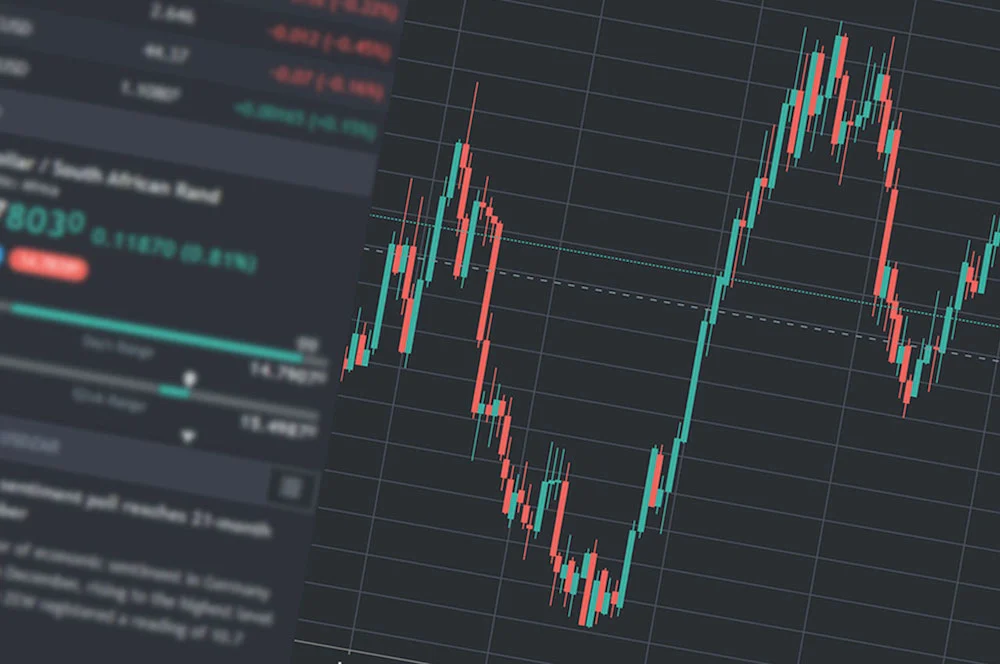South African Forex Environment Overview
The South African forex market represents a unique gateway between developed and emerging markets. The $10K FX Challenge takes on special significance here, where the South African Rand (ZAR) offers distinct trading opportunities due to its commodity currency status and high liquidity levels. The Johannesburg Stock Exchange (JSE) and sophisticated banking sector provide robust infrastructure for forex operations.
Market Dynamics:
• South African Reserve Bank (SARB) influence
• Commodity price relationships
• Mining sector impact
• Interest rate differentials
• Political economy factors
• Global market integration
• Regional economic ties

The South African trading landscape demonstrates remarkable resilience and sophistication, making it an ideal environment for executing the $10K FX Challenge. The market’s deep liquidity pools and extended trading hours create multiple opportunities for strategic positioning.
Critical Trading Components
Peak Trading Windows:
Time (SAST) | Market Phase | Volume Level |
09:00-12:00 | Local Peak | High |
14:00-17:00 | European Crossover | Maximum |
17:00-20:00 | US Market Impact | Elevated |
20:00-08:00 | Overnight Flow | Moderate |
Understanding these time zones is crucial for success in the South African market, particularly when managing the $10K FX Challenge. Each trading window presents unique characteristics and opportunities that savvy traders can leverage for optimal results.
Strategic Risk Assessment
Position Sizing Guidelines:
- Capital preservation focus
- Volatility adjustment methods
- Market exposure limits
- Correlation considerations
- Drawdown management
- Recovery protocols
- Portfolio balancing
Recommended Risk Parameters:
Account Level | Risk Tolerance | Position Size |
R150,000 | 1.5% | 0.1-0.3 lots |
R200,000 | 2.0% | 0.2-0.4 lots |
R250,000 | 2.5% | 0.3-0.5 lots |
Market-Specific Trading Considerations
The South African forex environment requires unique approaches to the $10K FX Challenge, particularly given the ZAR’s sensitivity to both domestic and international factors. Local traders must develop strategies that account for these distinctive market characteristics.
Essential Market Indicators:
• Mining production data
• Current account balance
• Manufacturing PMI
• Retail sales figures
• Tourism statistics
• Foreign investment flows
• Unemployment rates

Advanced Trading Framework
Risk Management Matrix:| Strategy Type | Stop Loss Range | Take Profit Ratio |
| Scalping | 10-15 pips | 1:1.5 |
| Day Trading | 20-30 pips | 1:2 |
| Swing Trading | 50-100 pips | 1:3 |
Implementation Guidelines
Core Trading Principles:- Local news monitoring
- Technical analysis adaptation
- Fundamental assessment
- Risk parameter setting
- Position sizing calculation
- Entry timing optimization
- Exit strategy planning
FAQ
How does the South African Reserve Bank policy affect forex trading?
SARB monetary policy decisions directly impact ZAR volatility and trading opportunities, particularly during rate announcement periods.
What are the best currency pairs for the $10K FX Challenge in South Africa?
USD/ZAR, EUR/ZAR, and GBP/ZAR offer the most liquidity and trading opportunities in the local market.
How do commodity prices affect trading strategies in South Africa?
Gold and platinum prices significantly influence the ZAR, making commodity price monitoring essential for successful trading.
What is the recommended trading schedule for South African forex traders?
The optimal trading hours are 09:00-17:00 SAST, when both local and European markets are active.
How should beginners approach the $10K FX Challenge in South Africa?
Start with smaller position sizes (0.1 lots) and focus on USD/ZAR during high-liquidity periods while maintaining strict risk management.













